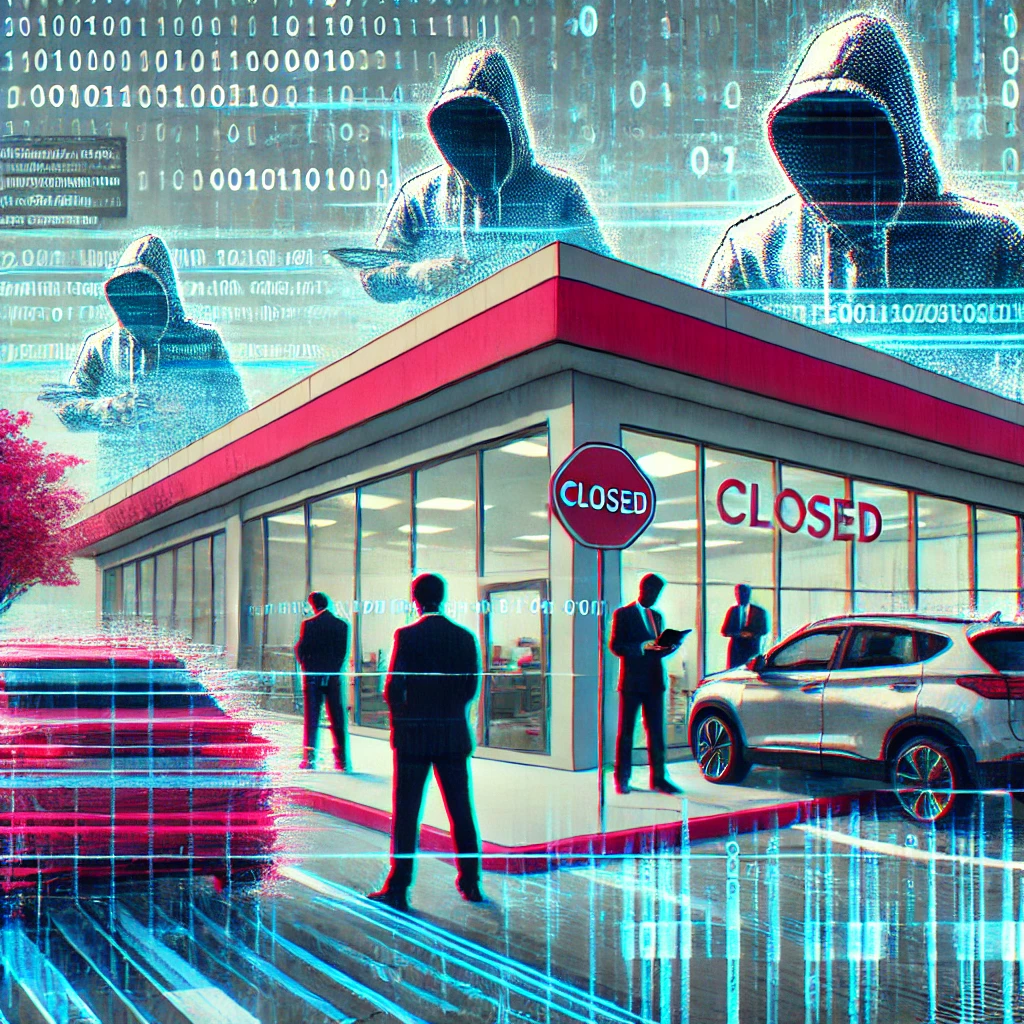The operational technology (OT) sector is increasingly grappling with the pervasive threat of social engineering, which has become a strategic concern due to its potential to disrupt vital systems. In environments that include critical infrastructures like energy distribution and manufacturing, the fusion of deception techniques, technical compromises, and the manipulation of human elements poses a significant risk. While traditional IT breaches typically involve data loss or financial fraud, an effective social engineering attack in OT settings can culminate in production shutdowns, service interruptions, and even threaten public safety.
The expanding interface between IT and OT systems enlarges the attack surface, offering malicious actors new avenues to exploit. By stealing credentials and impersonating trusted insiders, attackers can navigate through interconnected systems with relative ease. The rise of AI-driven tools in phishing, voice cloning, and deepfake-enabled pretexting has significantly lowered the entry barriers for attackers. These tools erode the reliability of human judgment, making critical infrastructure more susceptible to deceit.
Industry experts have voiced concerns over the escalating sophistication of such tactics. For instance, Microsoft’s security researchers have highlighted how a singular compromise through something as innocuous as a contractor’s infected laptop can serve as a breach point for OT systems. This integration of compromised systems results in operational, economic, and potentially national security consequences, as reported by institutions such as the FBI.
The threat landscape is further complicated by the use of AI to enhance deception capabilities. Instances like the AI-powered ‘vishing’ attack suffered by Qantas, which affected millions of customers, underscore the effectiveness and reach of such advanced techniques. The challenge posed goes beyond mere data breach; operational disruptions can last weeks, causing safety incidents that extend into the physical realm.
Critical infrastructure operators are advised to rethink their security strategies, particularly the treatment of the human element in their security frameworks. This involves reinforcing insider threat monitoring, implementing OT-tailored identity and access management systems, and fostering a resilience-focused culture. Training efforts must be intensified given traditional awareness programs have not kept pace with the emerging threats.
Industry experts, such as those from Honeywell, ServiceNow, and Capgemini, emphasize the necessity of evolving security measures to stay ahead of these threats. The convergence of IT and OT systems inherently increases vulnerabilities, introducing new access points susceptible to exploitation through social engineering and spear phishing. New defensive strategies, such as zero trust architectures and behavior analytics, are being deployed to mitigate these risks.
The human component in OT environments remains the most exploitable vulnerability. Attackers capitalize on the trust placed in routine communications and processes, which are especially vulnerable in less cyber-aware OT settings. To combat these risks, enhanced cybersecurity training and rigorous incident response protocols are imperative.
As AI technology continues to evolve, so do the methods of deception employed by adversaries. Over the coming years, sectors like energy, water, and manufacturing will likely face increased threats from AI-enhanced phishing and deepfake pretexting. These methods enable attackers to impersonate key figures convincingly, thereby bypassing traditional verification measures and exploiting trust-based operations.
Addressing these sophisticated threats requires a reimagined approach to cybersecurity in OT environments, seeking integration of IT and OT defenses with a focus on protecting the integrity of operational processes and personnel vigilance. The future of OT security will increasingly hinge on the effectiveness of these adapted measures to withstand the fast-evolving landscape of cyber threats.


